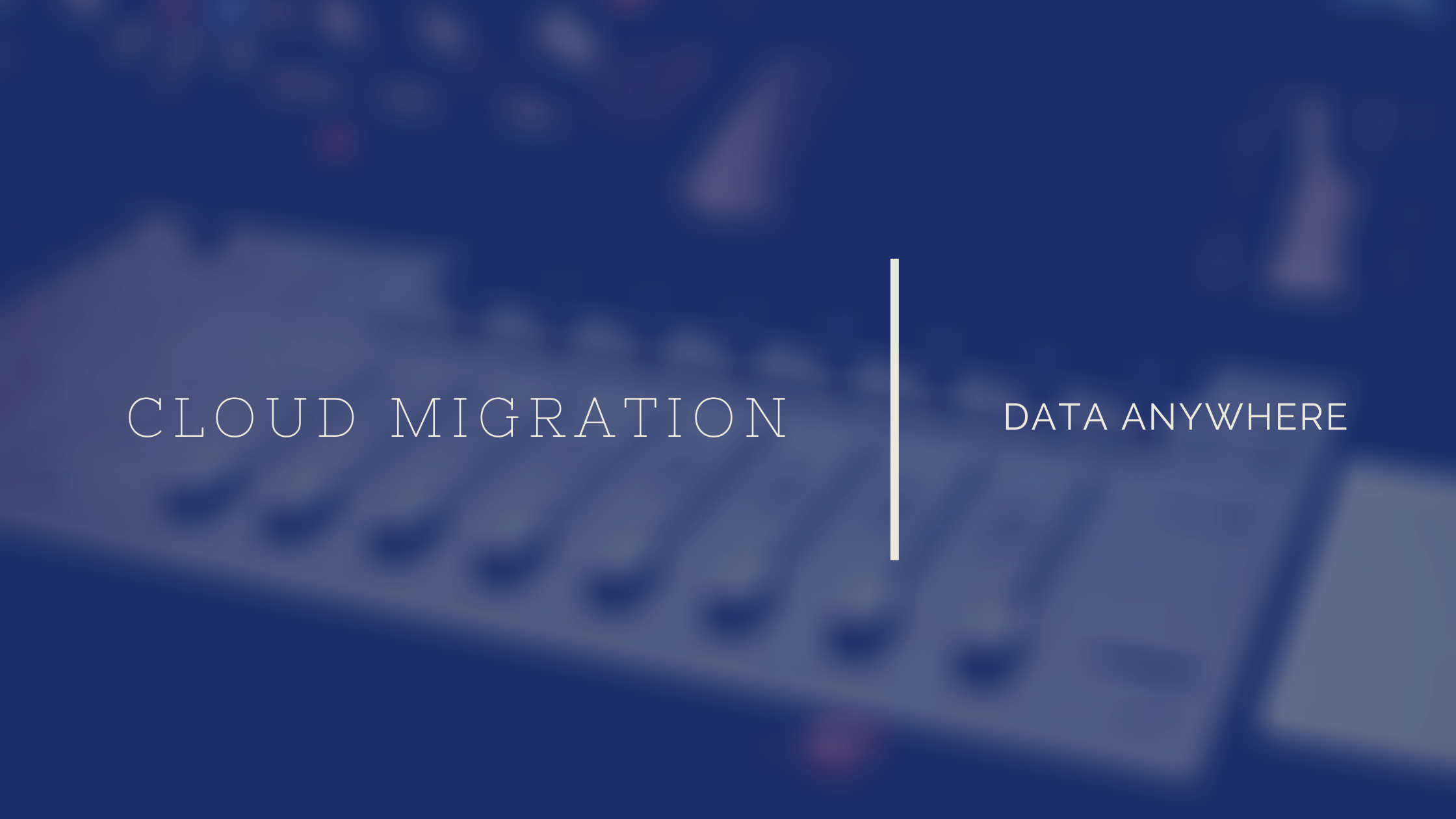Cloud Migration?
Businesses are constantly trying to improve processes and facilitate better profits with the help of tech developments. One such recent trend is cloud migration.
Cloud Migration describes the process of shifting digital business operations into the cloud. The best analogy to explain this further, is like moving your office from a smaller area to a bigger office space which facilitates better operations, flexibility, and cost cuts.
Unlike the physical movement of things, the process of cloud migration involves transferring IT processes, data, and applications. The different types of cloud migration are transfer to software-as-a-service (SaaS), application platforming & refactoring, and lift and shift. However, most often cloud migration means a shift from on-premise or legacy infrastructure to cloud.
Legacy Infrastructure?
Legacy refers to hardware or software computing which is accumulated over the years. Legacy Infrastructure includes applications, servers, networking gear, databases, firewall appliances, etc. Most commonly legacy infrastructure is hosted in physical locations, where the company/organization functions. There are many downsides to legacy infrastructure like security risks, slow business processes, data breach, among many others. Therefore, enterprises are shifting to the cloud to improve operations and adopt quick turn-around. Many companies/businesses can be seen making a partial transition to the cloud if not a complete cloud infrastructure.
Benefits of Cloud Migration:
Scalability: Cloud computing can help your business scale up to support large workloads.
Cost: Business can reduce costs on tedious IT operations as the cloud is self-capable of upgrades and maintenance.
Performance: Cloud computing will help businesses improve performance, user experience, and decrease latency.
Flexibility: Cloud computing allows enterprises/businesses to expand their horizon as users can access data from any location. This provides better flexibility in performance and operations.
Cloud – The Way Ahead for Your Business
Many enterprises may lag the transition from legacy infrastructure to cloud due to the on-premise set-up. The set-up is huge and built over years. Enterprises/Companies expand their work capacity and overburden the computing infrastructure. This is the best time for transitioning to the cloud as it will make processes faster, easier, and save unnecessary costs.
A shift to the cloud will pave the way for the growth and success of any enterprise/business. Therefore, making virtualization a key factor to cloud migration. Virtualization is imperative for transferring the workload to the cloud.
Ways for Cloud Migration
There are numerous ways you can choose to migrate to the cloud.
Re-hosting: This process is also known as “lift and shift” It is the easiest way of migrating to the cloud. Applications are re-hosted to the cloud and exact copies of codes are integrated into the new system.
Re-factoring: Here codes are partially re-written and the application is reconstructed to better suit the new environment and carry smooth operations.
Re-platform: In this step, the codes are updated before migrating to the cloud.
Cloud has become a vital component of a digital environment. Cloud infrastructure presents businesses with an opportunity to expand rapidly and run faster. The only way any enterprise or business can survive today’s market is by being flexible and agile. Companies need the ability to adapt to modern technologies to further improve business management and customer satisfaction.

Leave a Reply